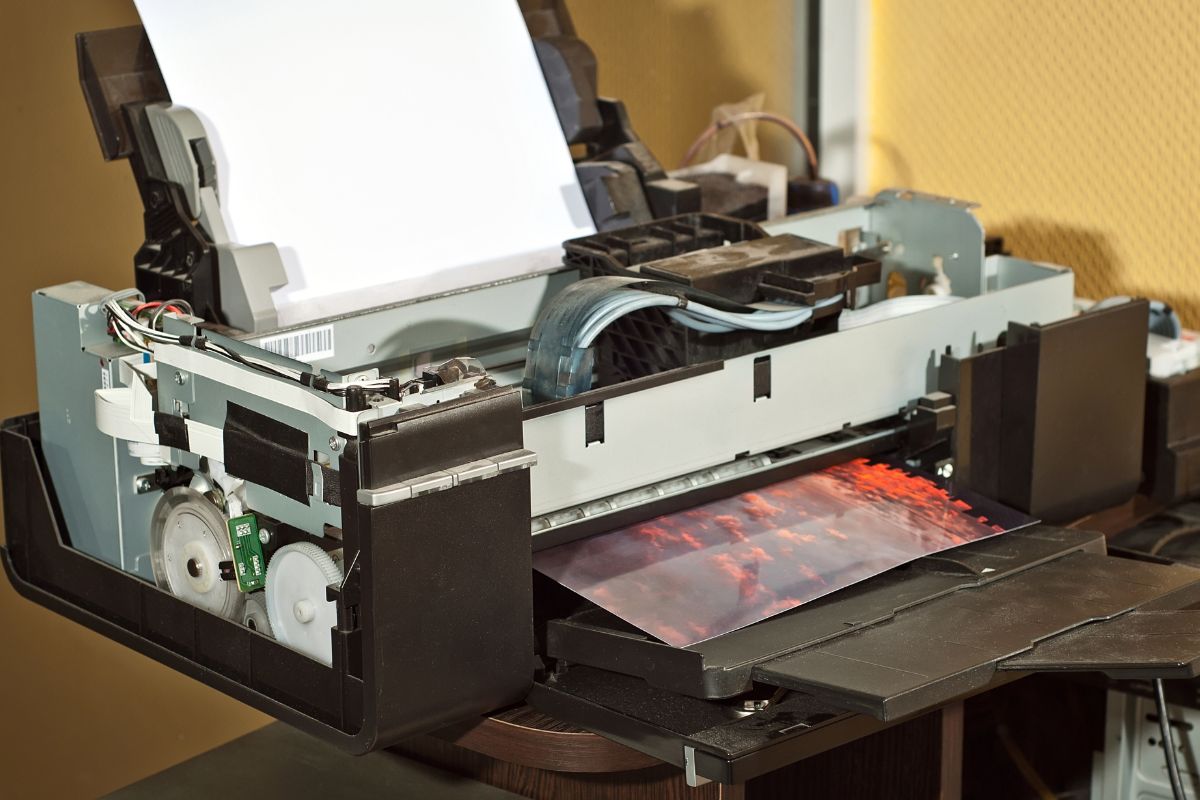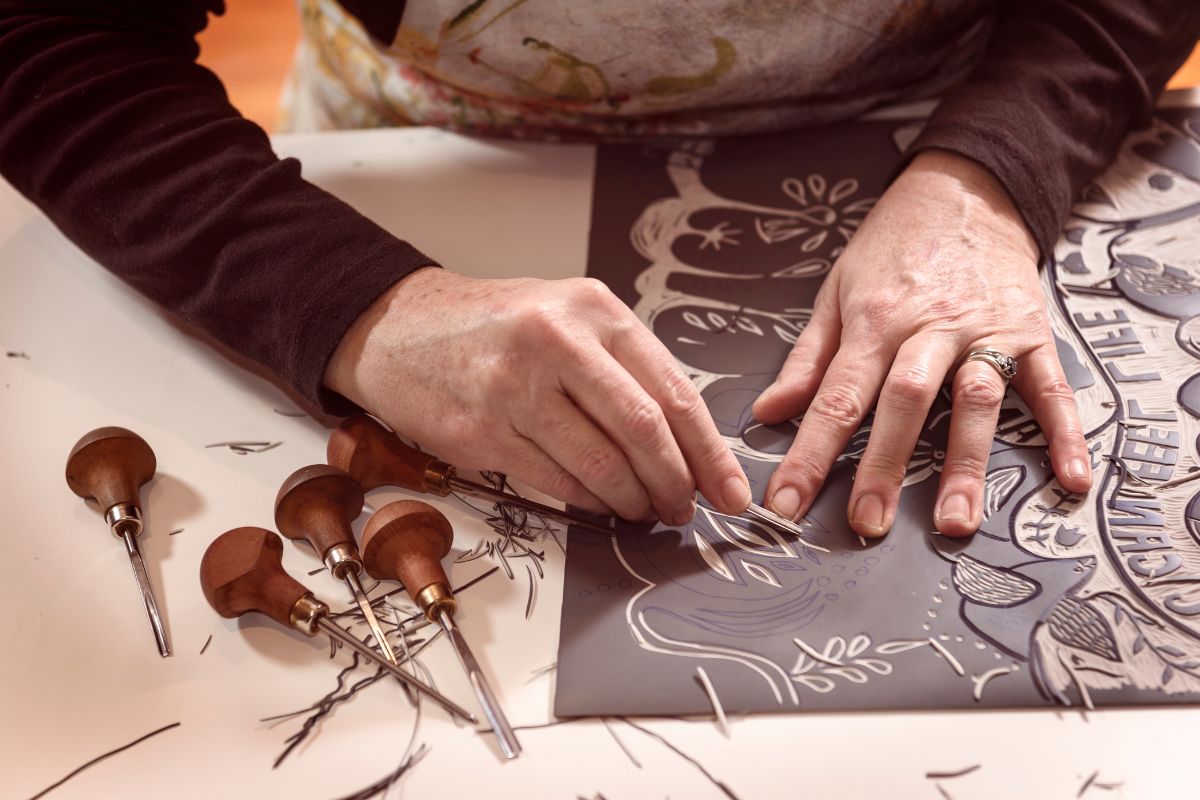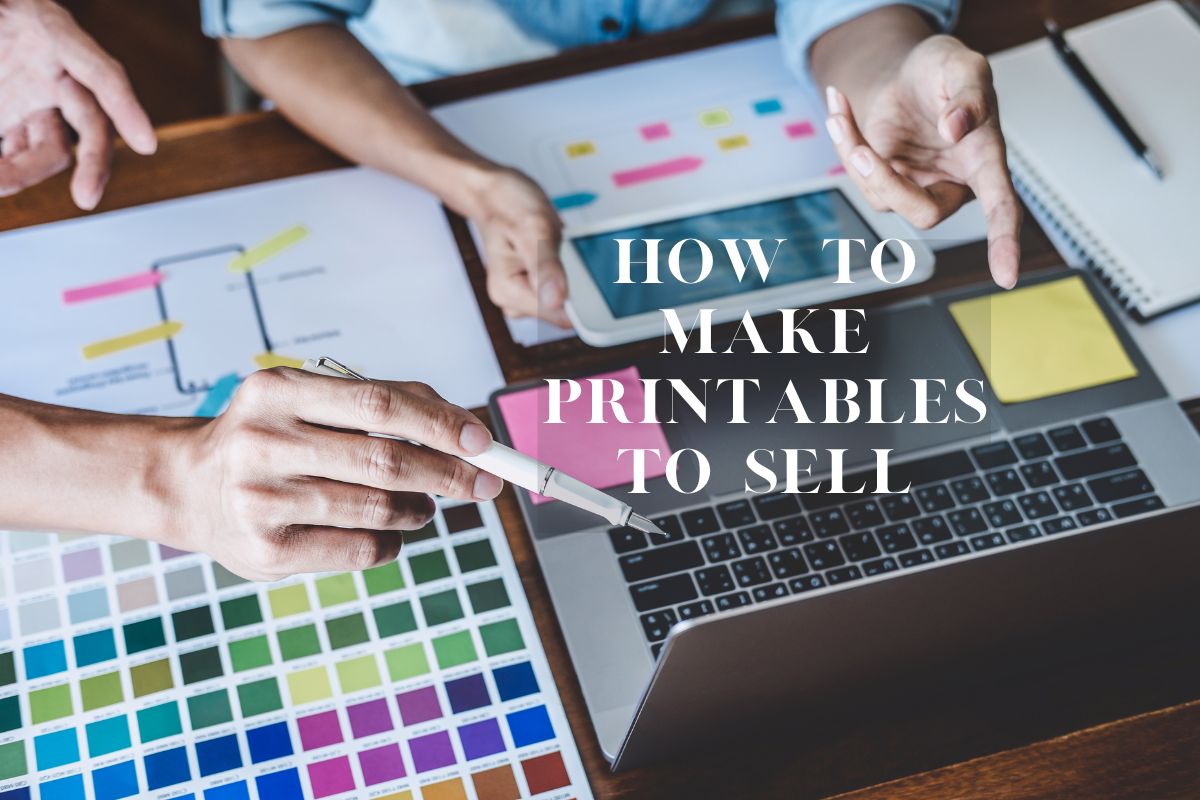Creating prints of your art allows you to share your work with a wider audience and can be a fulfilling aspect of your artistic journey. Whether you are looking to replicate a painting, a drawing, or any other medium, understanding the process and necessary materials is essential. When you make your own paint, paper, or pigments, you take the first step towards producing prints that remain true to the original artworks’ essence and intent.
With the evolution of printmaking, numerous techniques have been developed, from traditional methods like woodcuts and lithography to modern digital prints. Each technique has its own charm and idiosyncrasies, appealing to various preferences and styles. Moreover, the choice of paper and ink can dramatically affect the final look and feel of your print, making these decisions as crucial as the creation of the art itself.
The process also includes practical aspects, such as understanding how to properly scan or photograph your artwork to ensure accurate color reproduction and clarity in your prints. Familiarizing yourself with these steps can help you produce high-quality prints that capture the detail and color of your original work. Whether you aim to sell your prints, give them as gifts, or display them, the printmaking process offers a gratifying way to expand the reach and impact of your creations.
Understanding Art Print Basics
When creating art prints, your focus should be on maintaining the integrity and quality of your original artwork. This not only requires an understanding of different printmaking aspects such as resolution and color but also necessitates the right materials and techniques.
Defining Art Prints
Art prints are reproductions of your original artwork, created through various printing methods. Using pigment-based inks is crucial as they offer longevity and resistance to environmental factors, helping your prints to last longer without fading.
Importance of High Resolution
To ensure the print accurately captures the detail of your original artwork, start with a high-resolution digital image. Ideally, aim for a resolution of at least 300 pixels per inch (PPI). This will translate to sharp, clear prints without pixelation.
Understanding DPI and Print Size
DPI (Dots Per Inch) refers to the number of ink dots on a printed image. A higher DPI means more detail and a sharper reproduction. The print size is inversely related to DPI; as you increase the size of your print, you may need to increase the DPI to maintain clarity.
- DPI Guidelines:
- 300 DPI: Suitable for small to medium prints.
- 600 DPI: Recommended for larger prints with fine detail.
Color and Contrast in Printmaking
The colors and contrast in your art prints should closely resemble those in the original artwork. Be aware that different screens and printers render color differently, so it’s essential to calibrate your devices for a true-to-life output. Contrast, on the other hand, must be carefully adjusted to avoid losing details in very dark or very light regions of your print.
Preparing Your Artwork for Printing

Before you create prints of your artwork, ensure it is properly digitized and prepared for the best quality reproduction. The clarity of your digital file dictates the sharpness and detail of the final print.
Digitizing Original Artwork
To digitize your artwork, use a high-resolution scanner or a professional-grade camera. Ensure the lighting is even and captures the true colors of your piece. When using a scanner, flatbed scanners are the best option for single-page artworks, keeping the resolution at a minimum of 300dpi for a quality reproduction.
- Scanner: Flatbed, high-resolution
- Minimum Resolution: 300dpi
Artwork Scanning Techniques
When scanning, lay your artwork flat on the scanner bed and remove any dust or smudges from the glass to avoid imperfections. For larger pieces, scan in sections and use photo editing software to seamlessly piece the image together. Pay close attention to maintaining color fidelity between the scans.
- Scanning Workflow:
- Clean the scanner glass.
- Position artwork carefully.
- Scan in high resolution.
Editing Digital Files
After digitizing, open the file in an editing program like Adobe Photoshop. Use tools available to adjust levels, contrast, and color balance to match the original artwork. Continuous edits and saves can degrade image quality; hence, it is critical to work on a copy of the original file. Your computer should have adequate RAM to handle large file sizes and resource-intensive editing without lagging.
- Editing Best Practices:
- Contrast and color adjustment
- Work on a copy to preserve the original file
- Sufficient RAM for efficient editing
Selecting the Appropriate File Format
The final digital file must be saved in a format that preserves quality and is compatible with your printing method. TIFF and PNG are optimal for retaining details without compression. Avoid using JPEG as it compresses the file—this is suitable for web use but can reduce the print quality. Confirm the file format requirements with your printing service beforehand.
- Recommended File Formats:
- Uncompressed: TIFF
- Lossless Compression: PNG
- Avoid for Print: JPEG (if quality is a concern)
Choosing the Right Materials and Equipment

When making prints of your artwork, the quality of your final piece hinges on the materials and equipment you choose. High-grade paper, a reliable printer, and long-lasting ink are pivotal for producing professional-looking art prints.
Selecting Quality Paper
Your choice of paper is paramount. Fine art paper ensures a superior print due to its texture and weight. Look for archival or acid-free paper to guarantee your prints stand the test of time. These materials resist degradation and preserve your artwork as originally intended. Ensure paper compatibility with your printer to achieve the best results.
Understanding Different Types of Printers
Printers fall into several categories, with inkjet printers being widely favored for art prints. Inkjet printers excellently reproduce the wide gamut of colors and subtleties of artwork. For your art, select a printer designed for high-resolution output and one that can handle the weight and texture of fine art paper. The calibration of color and detail that such printers provide is crucial for reproducing your art accurately.
Ink Selection for Longevity
The ink you select should be pigment-based to afford your prints a fade-resistant quality. Pigment-based inks, as opposed to dye-based inks, offer better longevity and are more robust against environmental factors. They are particularly well-suited for fine art prints where preserving the vibrancy and depth of color is essential for years to come. Your choice of ink will profoundly influence the archival quality of your prints.
The Printing Process

When you decide to create prints of your art, understanding the printing process is crucial to achieving high-quality results. Whether you choose to print at home for convenience or utilize professional services for higher quality, each option offers different benefits. Furthermore, techniques like Giclée printing can elevate the appearance of your art, and checking proofs is a critical step to ensure the final product meets your expectations.
Home Printing vs. Professional Services
Home Printing
- Pros: Immediate control, convenience, and cost savings.
- Cons: Limited to the quality of your personal printer, typically lower than professional standards.
** Professional Services**
- Pros: Access to high-end equipment, expertise, and a variety of materials.
- Cons: Higher cost and requires time for communication and shipping.
Giclée Printing Technique
Giclée printing is renowned for its high fidelity to the original artwork and is favored by artists seeking archival-quality prints. This technique employs inkjet printing with pigment-based inks, which provides:
- Vivid Colors: Rich and lasting hues.
- Substrate Variety: Can print on various materials including canvas and fine art paper.
Checking Proofs and Samples
Before finalizing your batch of prints, obtaining a sample or proof from your printing company is key. This step allows you to:
- Assess Quality: Ensure the print matches your color expectations and detail.
- Make Adjustments: Identify any necessary changes before the full run.
Finalizing and Protecting Prints

Once your artwork has been printed, the journey is not over. You must ensure each print is prepared for a long lifespan and presented beautifully, whether for sale or exhibition. This means careful handling during the cutting and cropping phase, choosing the right archival storage solutions, and secure, attractive packaging for sale.
The Cutting and Cropping Phase
When you are ready to finalize your prints, precise cutting and cropping are essential. Utilize high-quality cutting tools and focus on clean, straight edges. When cropping, aim to enhance the composition of your artwork, whether it’s a photograph or a print. Ensure the paper is measured correctly and borders are consistent, as this will affect the overall look when framed or displayed.
Archival Storage Solutions
To protect the integrity of your prints, especially if they are photographs, storing them in archival solutions is imperative. Use acid-free sleeves, folders, or boxes that will prevent yellowing or deterioration over time. Ensure the environment is stable in temperature and humidity to avoid any damage to the paper or ink, thus maintaining the quality of your photograph or art print for future generations.
Packaging Your Prints for Sale
Your print’s first impression on a customer is in the packaging. It should be both protective and professional. For photographs and art prints, clear archival bags can offer visibility and protection. Rigid mailers or tubes will ensure the print doesn’t bend or crease during transport. Include archival supportive backing when necessary and make sure you properly seal the packaging to guard against weather and handling.
Marketing and Selling Your Art Prints

Successfully marketing and selling your art prints hinges on establishing a robust online presence, leveraging the power of print on demand services, and effectively pricing and editioning your work.
Building a Strong Online Presence
To sell art prints effectively, you need to ensure that your art is visible and attractive to potential buyers online. Focus on building a professional artist website where you showcase your portfolio and make purchasing easy. Utilize social media platforms to engage with your audience and drive traffic to your site. Additionally, consider platforms like Etsy or Artfinder to reach a broader audience, as they are reputable online marketplaces for selling art.
Utilizing Print on Demand Services
Print on demand (POD) services streamline the process of creating and selling art prints. These services, including Fine Art America and Society6, allow you to upload your artwork, set your prices, and then sit back as they handle the printing, shipping, and customer service. This enables you to sell high-quality prints without the upfront costs associated with traditional printing and inventory management.
Pricing and Editioning Your Prints
Pricing your prints effectively is crucial for making a profit while ensuring perceived value to the collector. It’s important to account for the cost of materials, printing, shipping, and any platform fees. Considering offering limited edition prints can also add exclusivity, allowing you to price your prints higher. Be transparent about edition sizes and include a certificate of authenticity to build trust with buyers. When editioning your prints, clarity and consistency are key—make sure your buyers understand what limited edition means in the context of your artwork.
Legal Considerations

When creating prints of your artworks, understanding the legal terrain is crucial to protect your rights and to avoid infringing on the rights of others. Considerations around copyright and intellectual property laws are fundamental to navigating the commercial art print market successfully and ethically.
Copyright and Licensing Your Art Prints
Copyright law grants you the exclusive right to reproduce your artwork. This means that you’re the only one who can legally make copies or prints of your creations unless you grant permission to others through a license. For instance, you might encounter terms such as “royalty-free” or “rights-managed” when considering options for licensing your work.
- Royalty-Free: You provide a license for your art prints with a one-time fee, allowing the licensee to use the work multiple times without paying additional royalties.
- Rights-Managed: The use of your art prints is restricted based on time, geographical location, type of use, and other factors, with fees accordingly.
Consider carefully how you want your artwork to be used and select the licensing terms that align with your goals.
Ensuring Authenticity and Exclusivity
To maintain the exclusivity and value of your art prints, you might decide to offer a limited run. This can be achieved by numbering each print and possibly coupling it with a signed certificate of authenticity. You can state the total number of prints made in the series, often referred to as an edition, to ensure collectors of the prints’ limited nature.
- Limited Edition Prints:
- Numbering: Each print is numbered, usually in the format of “print number/total prints” (e.g., 1/100).
- Certificate of Authenticity: Provides proof that the print is authorized by you and is part of the limited edition.
By ensuring authenticity and exclusivity, you can protect the integrity of your art and provide additional value to your customers. Remember to clearly communicate the terms of exclusivity to buyers, which can include details like how many prints will be made and whether the image will be retired after the edition is sold out.
Frequently Asked Questions
Making prints of your artwork involves understanding the technical aspects, calculating costs, and knowing the legal prerequisites. Here we address the most common questions to guide you through the process.
What are the best methods for reproducing digital art into physical prints?
To produce physical prints from digital art, consider professional options like giclée printing for high-quality results. For bulk printing, offset lithography is cost-effective but may require large orders.
What is the process for creating high-quality prints from original paintings?
Creating high-quality prints from original paintings requires photographing or scanning your artwork with professional-grade equipment to capture accurate colors and detail, followed by printing using archival inks and papers.
How can I determine the cost of producing prints of my art?
Calculating the cost involves various factors including the printing method, materials used, size of the prints, quality standards, and the pricing models of the printing service selected. Research printing services and material choices for a detailed cost breakdown.
What steps should I follow to legally sell prints of my paintings?
To sell prints legally, ensure you copyright your original artwork. You may also need to create licensing agreements if someone else prints your work. Keep records for tax purposes and follow local business regulations.
What paper types are recommended for professional art printmaking?
Professional art printmaking typically uses acid-free papers with a high GSM (grams per square meter) rating, such as cotton rag or archival matte papers. The choice of paper also depends on the desired finish, be it glossy or matte.
Where are the most effective platforms for artists to sell their print-on-demand artwork?
Popular online platforms for selling print-on-demand artwork include Etsy, Saatchi Art, and Society6. Additionally, using dedicated art-selling services like Fine Art America can provide access to a wider audience of art collectors and enthusiasts.



